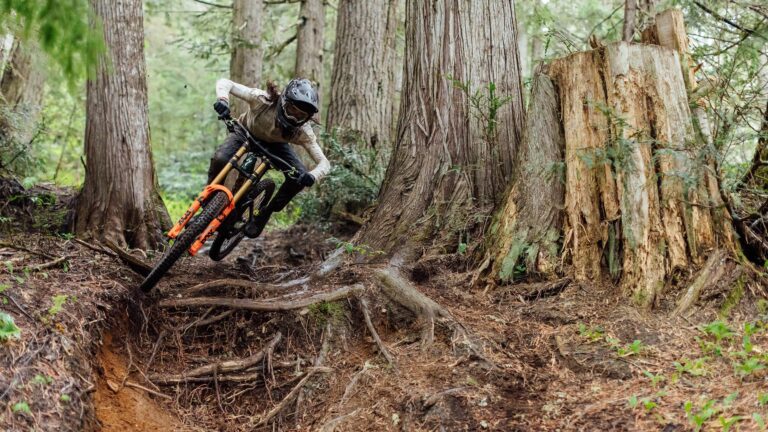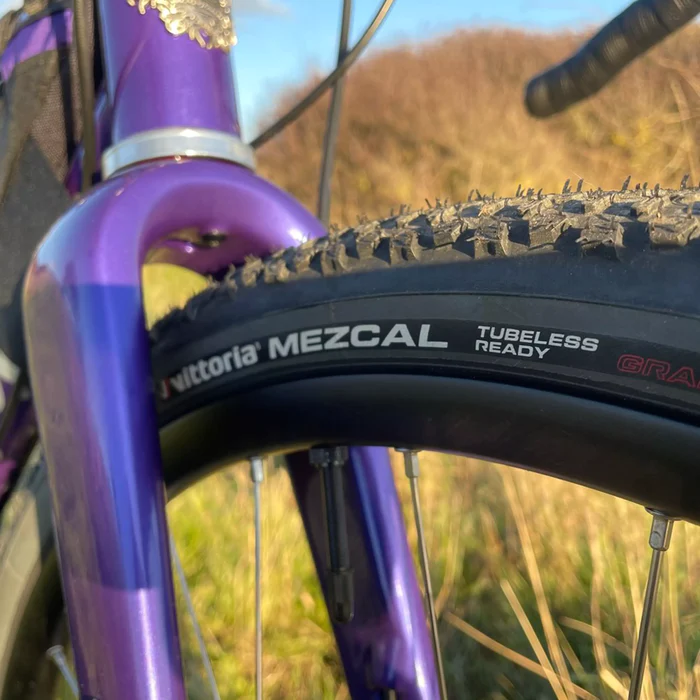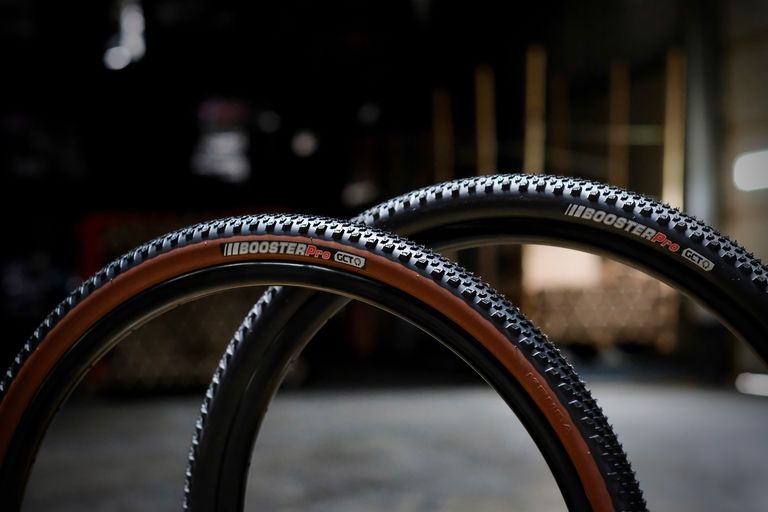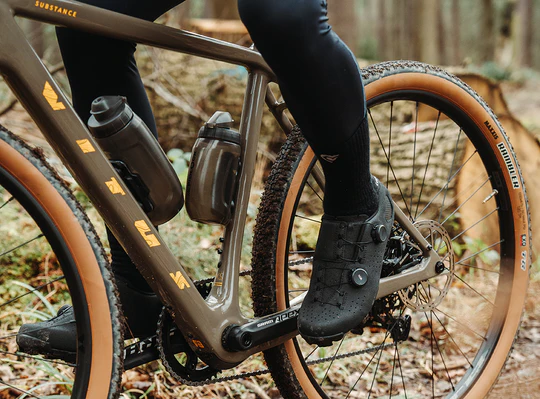Mastering Varied Terrains 101: Cross Country Tires for Varied Terrains
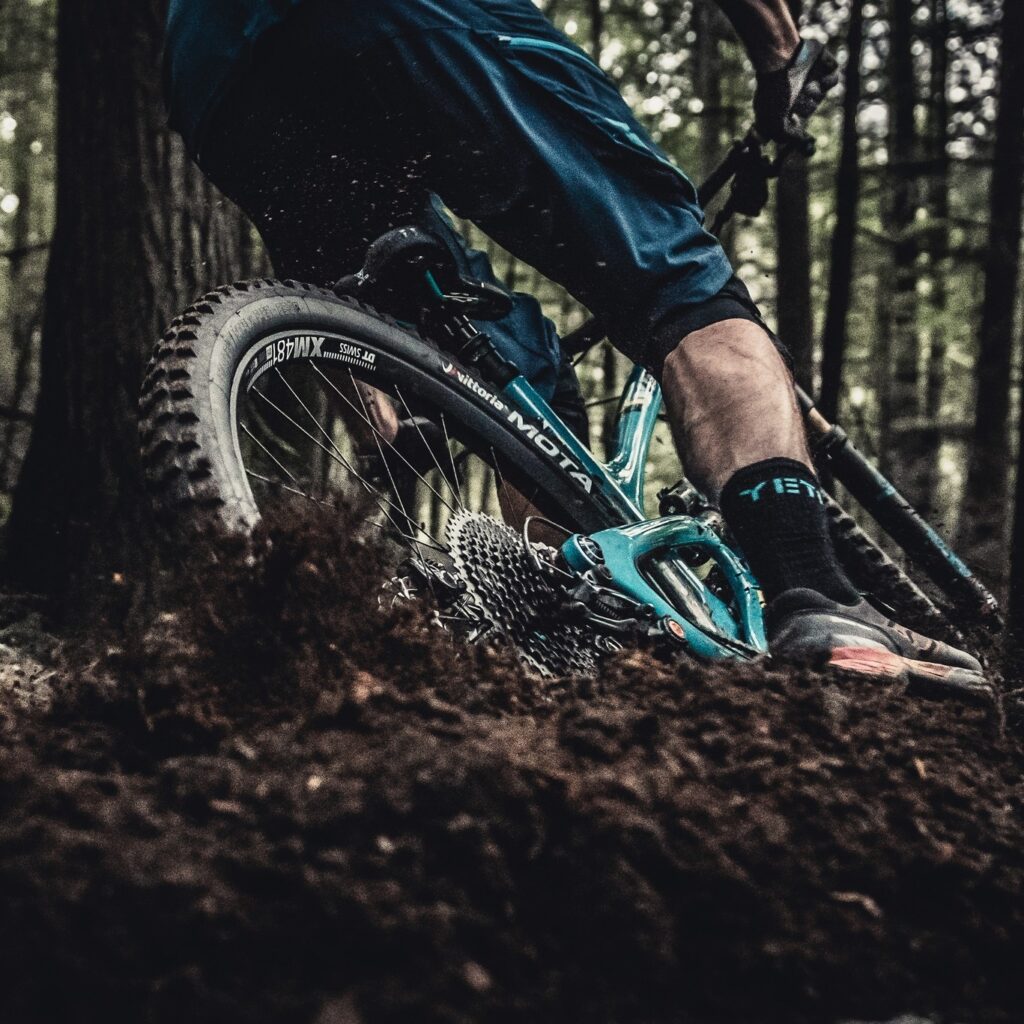
Key Point Summary of Cross Country Tires for Varied Terrains:
- Cross Country Tires Defined: Specifically designed for varied terrains, blending the best of traction, durability, and efficiency.
- Terrain Adaptability: Essential for tackling different surfaces from mud, gravel, to rocky paths.
- Choosing the Right Tires: Factors like tread pattern, tire width, and compound play a crucial role in performance.
- Maintenance and Care: Regular checks and adjustments ensure optimal tire longevity and safety.
- Personal Experience Insights: Through trial and error, the right tire setup can significantly enhance riding enjoyment and performance on diverse terrains.
As a masters cyclist with years of experience under my belt racing and riding across a spectrum of disciplines—mountain biking, gravel grinding, and cyclocross—I’ve learned a thing or two about the importance of choosing the right equipment for the job. And when it comes to handling varied terrains, the choice of cross country tires stands out as a pivotal decision for anyone from beginner to mid-level cyclists. Let me share with you some insights into selecting and making the most of cross country tires for varied terrains, sprinkled with a few personal anecdotes to drive the points home.
Understanding Cross Country Tires
Cross country tires are a marvel of engineering, designed to strike a balance between various competing demands—rolling resistance, grip, durability, and weight. They’re built to adapt, to conquer a wide array of terrains, from the soft, muddy trails of a cyclocross race to the hard-packed dirt and gravel of mountain and gravel biking trails. Early in my cycling journey, I underestimated the impact of tire choice on performance. It was a muddy cyclocross race where I first learned my lesson; my tires were ill-suited for the conditions, leading to a day of slips and slow riding. That experience taught me the value of selecting the right tire for the terrain.
Selecting the Right Tire for Varied Terrains
Choosing the right cross country tire involves a bit of science and a bit of art. The tread pattern is perhaps the most visible aspect—more aggressive treads offer better grip in loose or technical conditions, while a tighter tread pattern rolls faster on hardpack. I once made the switch to a tire with a more aggressive tread for a season of particularly muddy races, and the difference in my ability to maintain control and speed was night and day.
Tire width and compound also play crucial roles. Wider tires can offer more grip and comfort, at the cost of increased rolling resistance. The compound of the tire affects both its grip on various surfaces and its durability. A softer compound will grip better but wear out faster—a trade-off that’s often worth it in the heat of competition but might be reconsidered for training or leisure rides.
Adaptability is Key
The secret to mastering varied terrains lies in adaptability. Cross country tires offer that in spades, but no single tire can be perfect for all conditions. Learning when to opt for a tire that prioritizes speed over grip, or durability over efficiency, comes with experience. For those just starting out, I recommend starting with a versatile tire that offers a good balance of features for the types of terrain you most frequently encounter, and then experimenting from there.
Maintenance and Care
Taking care of your tires is crucial for ensuring their longevity and your safety. Regular inspections for wear and tear, maintaining the correct air pressure, and making adjustments based on conditions are all part of the routine. I learned early on to check my tires before and after every ride, a habit that has saved me from more than a few potential mishaps.
Cross Country Tires for Varied Terrains: Wrapping Up
Choosing the right cross country tires for varied terrains is a mix of knowledge, experience, and personal preference. For cyclists at the beginner to mid-level, understanding the basics of tire selection and maintenance can make a significant difference in your riding experience. It’s about finding that sweet spot where efficiency, traction, and durability meet your specific needs. The right tires not only improve your performance but also enhance your enjoyment of the sport, no matter where the trail takes you.
Whether you’re racing, training, or just enjoying the great outdoors, the journey to finding your perfect tire setup is an ongoing process of trial, error, and learning. Embrace it, and you’ll find that each ride brings you not just further down the trail, but closer to the heart of cycling itself.
Cross Country Tire Models for Varied Terrain: A Highlighted Selection
Diving into the world of cross country cycling, the choice of tires is critical for adapting to the diverse landscapes encountered on the trails. From my extensive experience across various terrains, I’ve come to rely on a select few tire models that have consistently performed, regardless of the conditions under wheel. Here’s a closer look at three standout models that have become staples in my cycling adventures, each offering unique advantages for tackling specific types of terrain.
Versatile All-Rounder: Pirelli Scorpion XC Tubeless Tire

The Pirelli Scorpion XC stands out as the epitome of versatility. Its low roll resistance combined with confident cornering capabilities and a build that’s designed to last make it an exceptional all-rounder. Whether facing dry, wet, or mixed conditions, the Scorpion XC has provided me with the lightweight, fast-rolling performance needed to tackle a wide range of conditions with confidence. It’s the tire I reach for when the day promises a bit of everything, from slick mud sections to hardpacked gravel paths.
Mud Specialist: Vittoria Barzo Tire

When the trails turn into a slippery, muddy mess, the Vittoria Barzo has been my go-to choice. Its cutting-edge ratchet drive and graphene grip offer a combination that’s hard to beat, providing lightness, durability, and an unbeatable grip in challenging conditions. The Barzo’s prowess in navigating through mud with ease has saved me in numerous races, allowing me to maintain traction and control when others were slipping and sliding away. Its performance in muddy conditions is a testament to its design, making it an indispensable part of my racing arsenal.
Hardpack Hero: Kenda Regolith Pro Tire
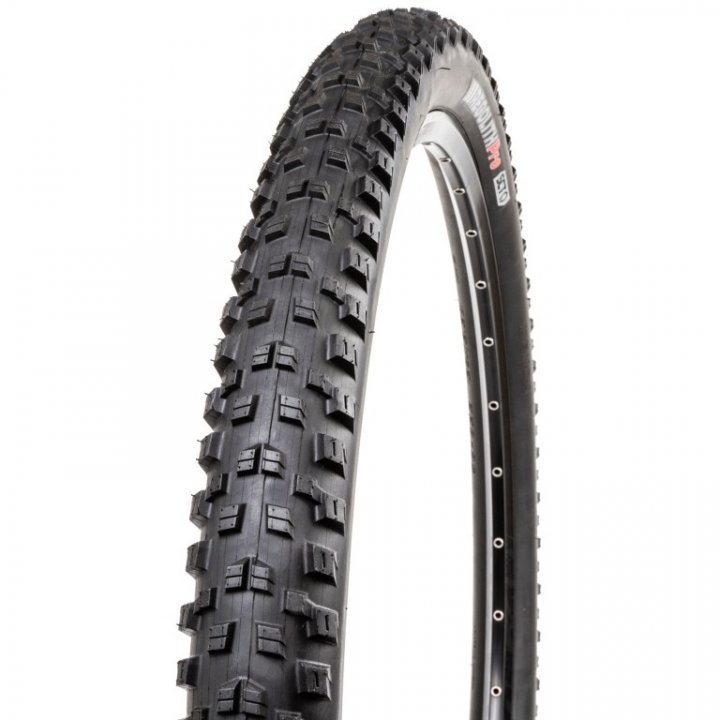
For days spent cruising on hardpack and less technical trails, the Kenda Regolith Pro has proven itself as the hardpack hero. Its design, where speed meets grip, offers a fast-rolling experience without sacrificing traction. This tire has allowed me to maintain high speeds while ensuring a tight hold on the terrain, making it perfect for flowy terrains and hard-packed surfaces. The Regolith Pro’s balance of speed and grip epitomizes efficiency on less challenging trails, making every ride a fast, enjoyable experience.
FAQ
What is the difference between XC and trail tires?
XC (cross country) tires are designed for speed and efficiency on less technical, often smoother trails, with a focus on low rolling resistance and lighter weight. They typically have a narrower profile and less aggressive tread pattern. Trail tires, on the other hand, are designed for rougher, more technical terrain, featuring a wider profile for better stability and traction, along with a more aggressive tread pattern for grip on various surfaces.
Is 2.35 too wide for XC?
While traditionally XC tires were narrower, the trend has shifted towards slightly wider tires for improved traction and comfort, even in XC scenarios. A 2.35″ tire is on the wider side for traditional XC, but it’s not uncommon in modern XC riding and racing, especially on more technical courses where the extra width offers significant advantages in grip and stability.
What is the best width for XC tires?
The ideal width for XC tires generally ranges from 2.0″ to 2.4″, with the specific choice depending on the rider’s preference, the bike’s frame clearance, and the typical trail conditions. A 2.1″ to 2.25″ tire strikes a good balance for many XC riders, offering a blend of efficiency, traction, and comfort.
What is cross country tire?
A cross country (XC) tire is specifically designed for cross country mountain biking, focusing on efficiency and speed over mixed terrain, ranging from hard-packed dirt to moderate technical features. XC tires prioritize low rolling resistance, moderate tread patterns for traction, and are usually lighter than tires designed for more aggressive riding styles.
Ride on
John


